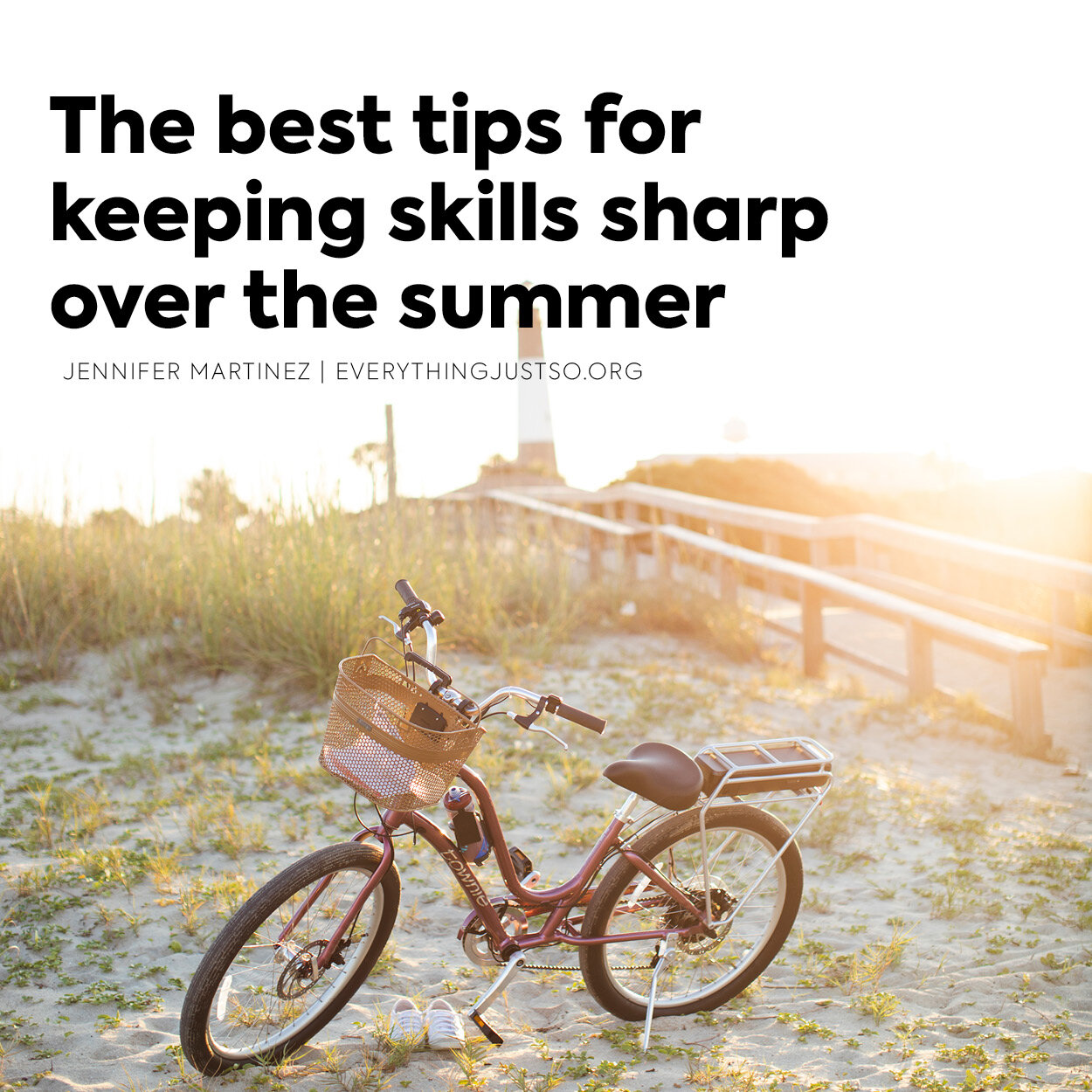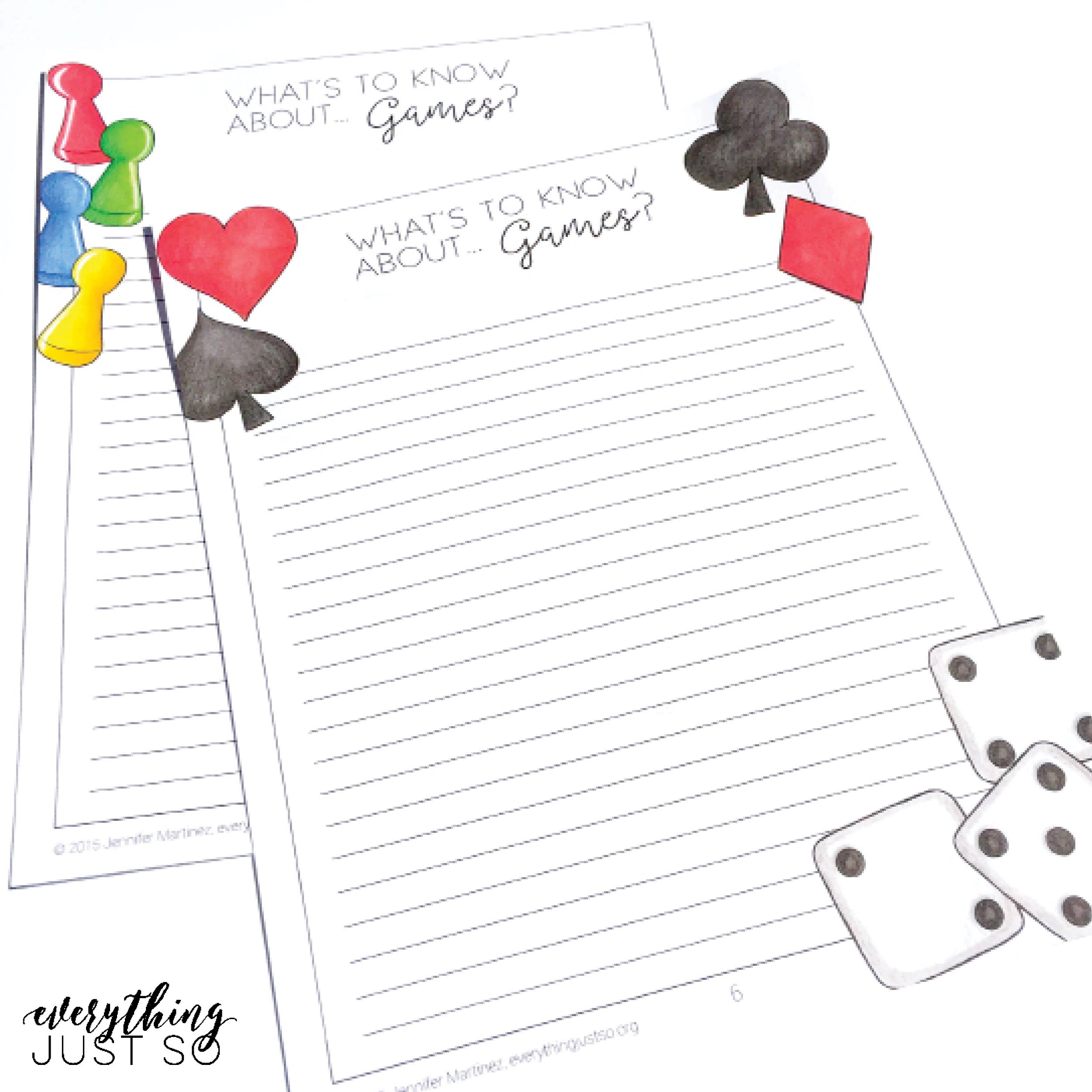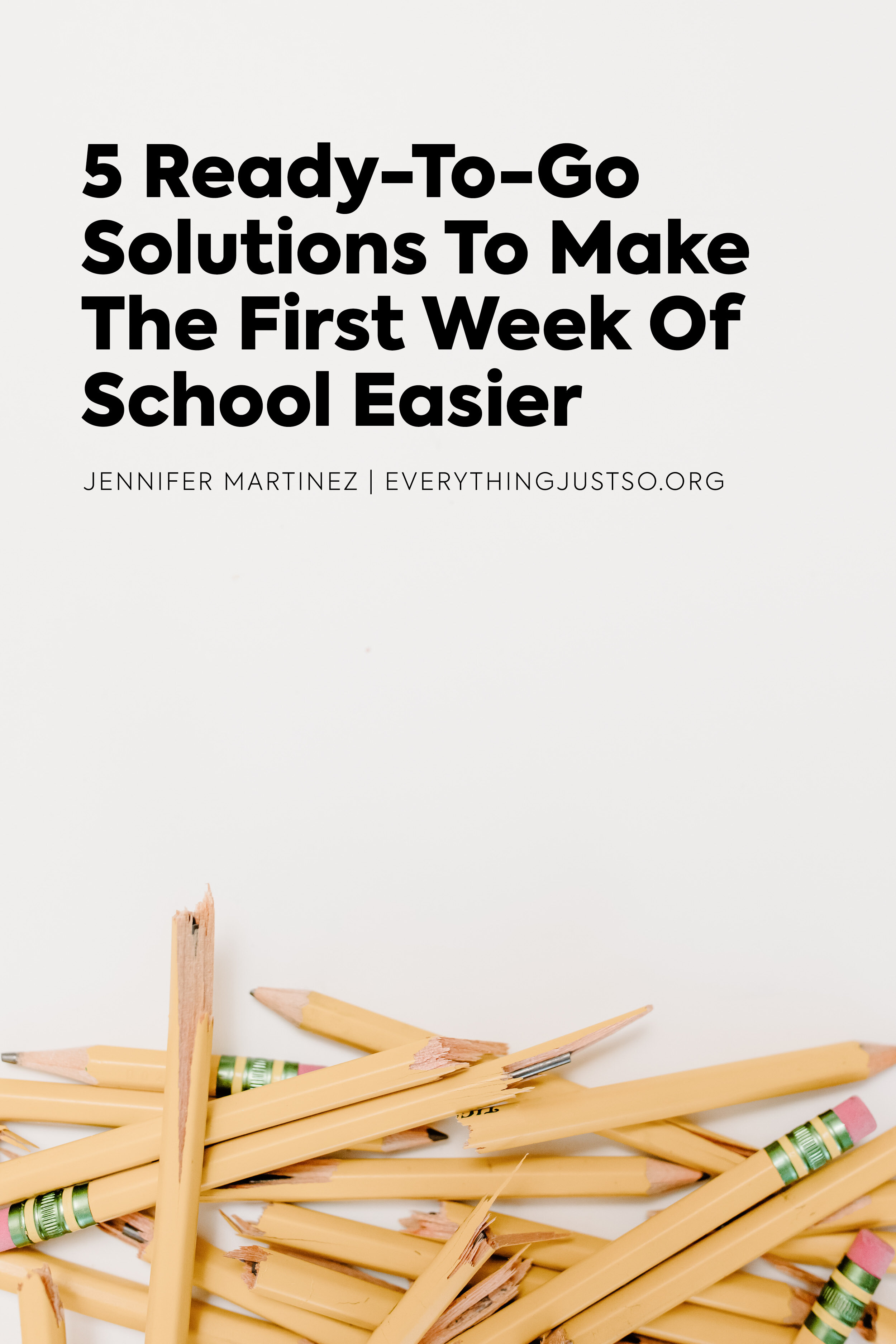Prevent Summer Slide: Fun & Free Activities to Keep Kids Learning
Summer is a time for relaxation, sunshine, and recharging—but if we’re being honest, it can also be the season where months of hard-earned academic growth quietly fade away.
As educators, we know this all too well. The "summer slide" isn't just a clever phrase—it's a reality backed by years of data and classroom experience. But with just a bit of strategy and a few engaging activities, we can empower families to keep the learning going without stress.
In this post, I’ll share practical, teacher-tested ways to help students stay on track while still enjoying their summer break.
And yes—there’s a free resource (or two!) you can grab today to make it even easier!
What Is the Summer Slide?
The “summer slide” refers to the learning loss that many students experience during the summer months when formal education stops. According to the Northwest Evaluation Association (NWEA), students can lose up to two months of reading and math skills over the summer.
Reading and math are the most commonly impacted areas, especially for elementary-aged learners. And unfortunately, students from underserved communities are disproportionately affected, widening achievement gaps by the time school resumes.
Why Preventing Summer Slide Matters
If you’ve been teaching any length of time, you know how frustrating it is to spend nine months nurturing reading stamina, decoding strategies, and fluency—only to re-teach half of it in September.
But if we proactively equip families with simple, actionable strategies, we not only help prevent regression—we foster a culture of year-round learning.
Even better? We help students return in the fall more confident, capable, and curious.
The Power of Daily Reading
Reading every day may sound like an obvious fix, but it's one of the most powerful ways to combat summer learning loss. Include these tips in your end of year newsletter to help families implement summer reading successfully:
Keep goals age-appropriate: Encourage younger students (K–2) to read 10–15 minutes a day. Older students (grades 3–5) can stretch to 20–30 minutes.
Offer a variety of reading materials: Graphic novels, sports magazines, comics, poetry, and audiobooks all count. It’s about building a habit, not forcing a reading log.
Promote shared reading: Encourage families to take turns reading aloud. This builds fluency, vocabulary, and connection.
Fun and Effective Reading Activities
The ways to practice reading over the summer are endless. Here are three of my favorite ways to keep kids interested in learning all summer long:
Reading Bingo Boards: Create a board with prompts like “read under a tree” or “read a book with a dog in it.” Students feel like they’re playing a game, not doing homework.
Family Book Club: Choose a short novel everyone can read and discuss together. Let the kids pick the book to boost buy-in.
Neighborhood Book Swap: Coordinate with a few parents to rotate books among their kids. New books = new excitement to read!
Want a free, ready-to-go solution?
Check out this free week of summer reading activities in The Treasury—it’s low-prep and high engagement.
Engaging Writing Practice Over the Summer
Writing is often overlooked in summer routines, but it’s a great way to build literacy without a worksheet in sight. Here are three ways students can practice writing without feeling like it’s “work”:
Summer Journals: Ask students to jot down a daily sentence about their day, their favorite moment, or something they’re wondering about.
Creative Prompts: Try open-ended starters like “If I had a pet dragon...” or “Describe a summer day on Mars.”
Letter Writing: Have students write real letters to friends, cousins, or even their next-year teacher. It practices grammar, structure, and empathy.
Want a free, ready-to-go solution?
Be sure to download this free week of summer writing activities in The Treasury. It includes options for maker activities, too!
How Parents Can Support Summer Learning
We often assume families know what to do—but many truly need (and appreciate) specific ideas. Here are a few more tips to include in your end of year newsletter to help implement these ideas:
Establish a Routine: Suggest a “morning learning block” (even 30 minutes!) before the day’s chaos kicks in.
Prep a Learning Nook: A small bin with books, pencils, and puzzles gives kids a go-to space to learn.
Keep It Low-Pressure: Remind families that simple moments—like talking about a book in the car—build comprehension too.
Tips for Teachers: Sending Students Home with Resources
The end of the school year is already packed with things to do. Let’s not add to that list! Here are two ways you can provide summer resources for your students without adding to your never ending to do list:
Build Summer Kits: Start with class sets of readers you have on hand and won’t use next year. Grab everything out of your sub bin, extra copies bin, or magazine stack that you didn’t use this year. Also think about resources you have in your centers that can’t be reused next year.
Pro Tip! Involve Students: Set out all the materials you’ve gathered and let them “shop” from tables around they room. Trust me - they will LOVE this!
Let Me Do the Work For You: Don’t have a lot of “extras” leftover this year? Rather than taking the time to create summer kits for your kids, use the one I created for my own. My Summer Review Kit includes 8 weeks of reading, writing, and maker activities done for you! Just print and send home.
Find the print version here.
Free and Low-Cost Resources for Families
Besides the resources you send home, families can access tons of free and low-cost materials students can use over the summer. Here are just three:
Local Libraries: Free summer reading programs with incentives.
My Treasury: Anyone who subscribes to my newsletter can access the free resources included in The Treasury. Families can sign up here to get access.
Community Programs: YMCA, parks & rec, and Boys & Girls Clubs often offer weekly or monthly events and activities for students over the summer.
Wrapping it up…
Summer learning loss isn’t inevitable—and with the right tools, it doesn’t have to be stressful. Whether it’s five minutes a day or a fun family challenge each week, small, consistent efforts make a big difference.
Don’t forget to get yourself - and your classroom - ready for summer break, too.
Check out this post where I give you six easy steps to organize your classroom and prepare it for summer vacation, too. You’ll be glad you did!
FAQs
What is summer slide in education? The "summer slide" is the term for academic regression that occurs over summer break, especially in reading and math.
How can I prevent summer learning loss? Encourage daily reading, math in real-life contexts, writing journals, and structured screen time.
What are good summer learning activities? Scavenger hunts, book clubs, cooking with math, science experiments, and library programs are all great options.
How much reading should a child do each week in summer? Aim for 70–140 minutes per week, depending on age and ability—spread out in small daily chunks.
Are there free resources available to prevent summer slide? Yes! Check out our free printables in the Treasury to get started right away.
Save these ideas for later:
Related posts:



















